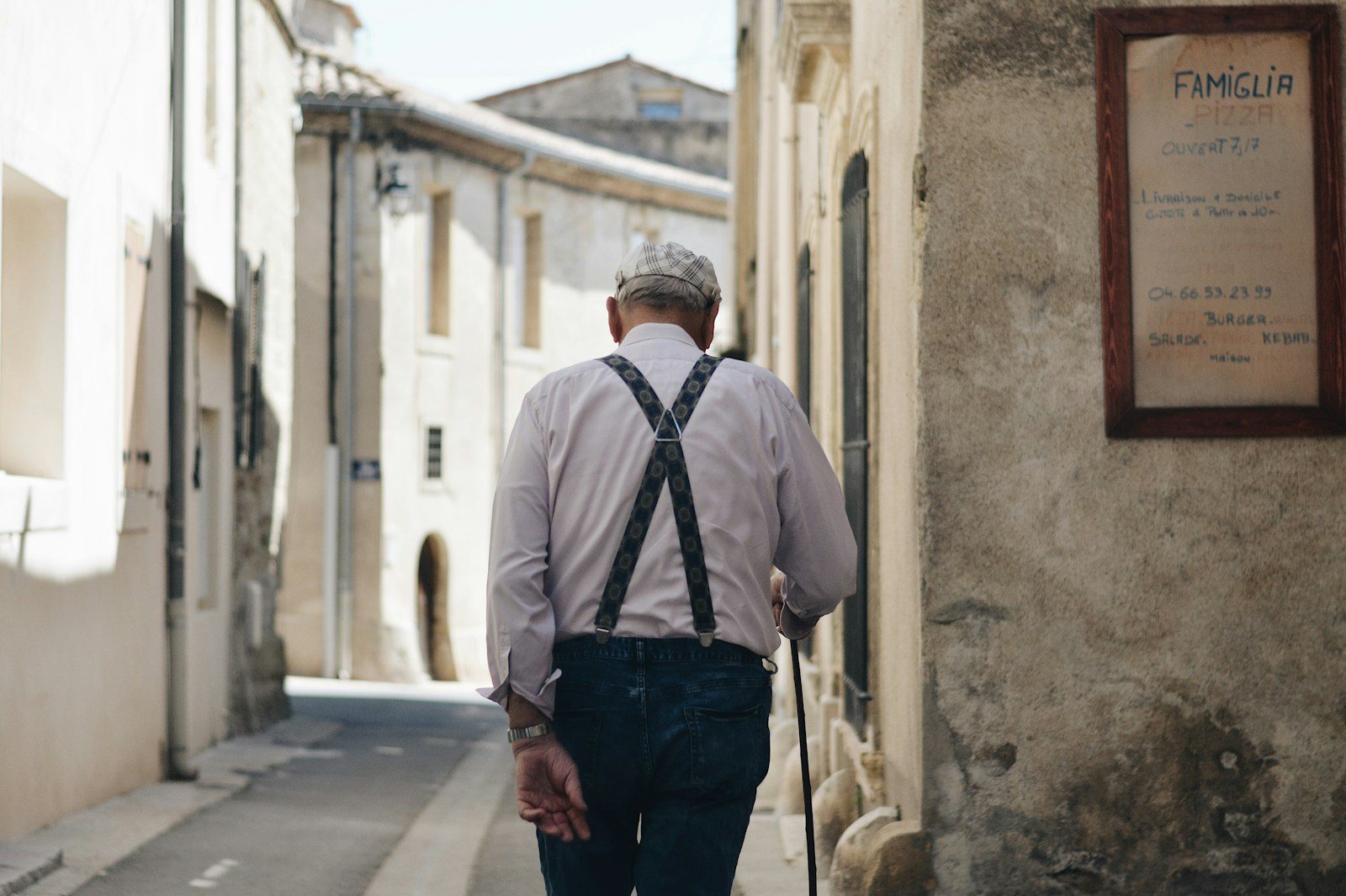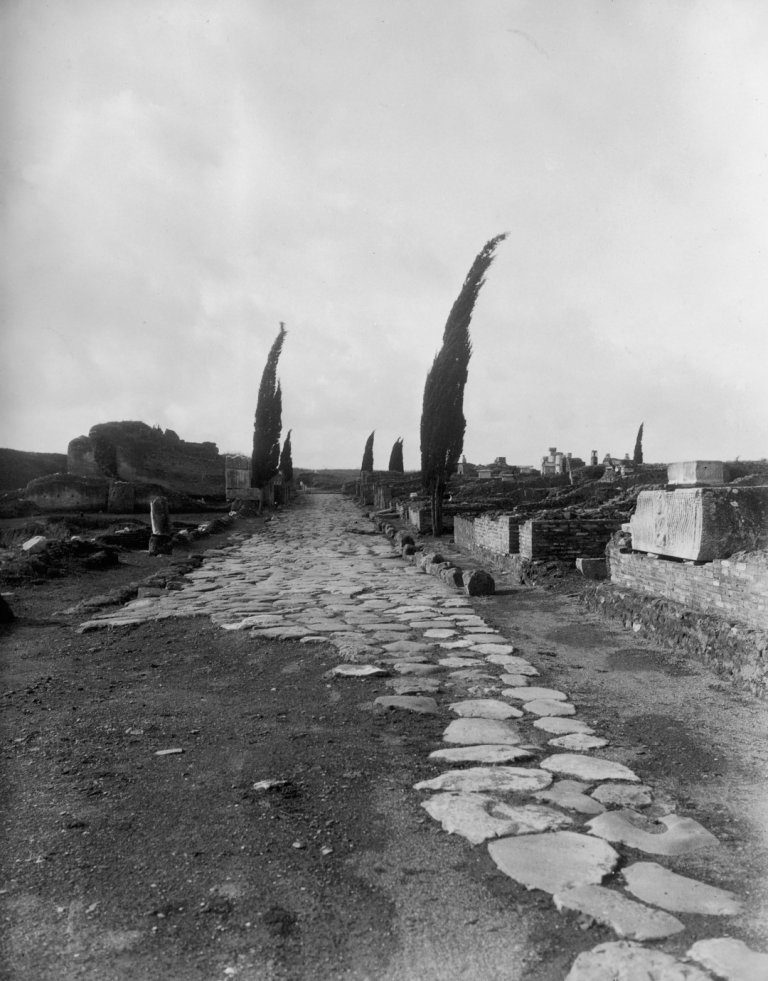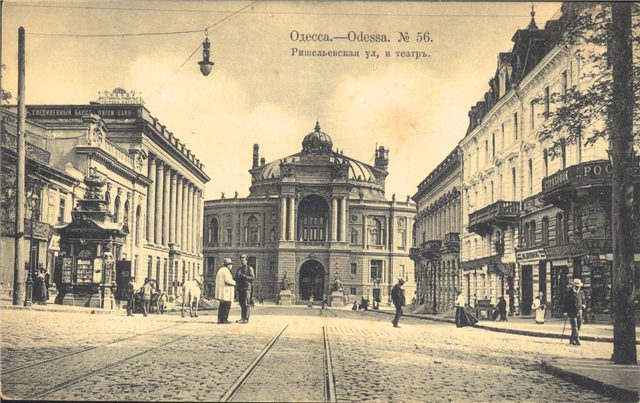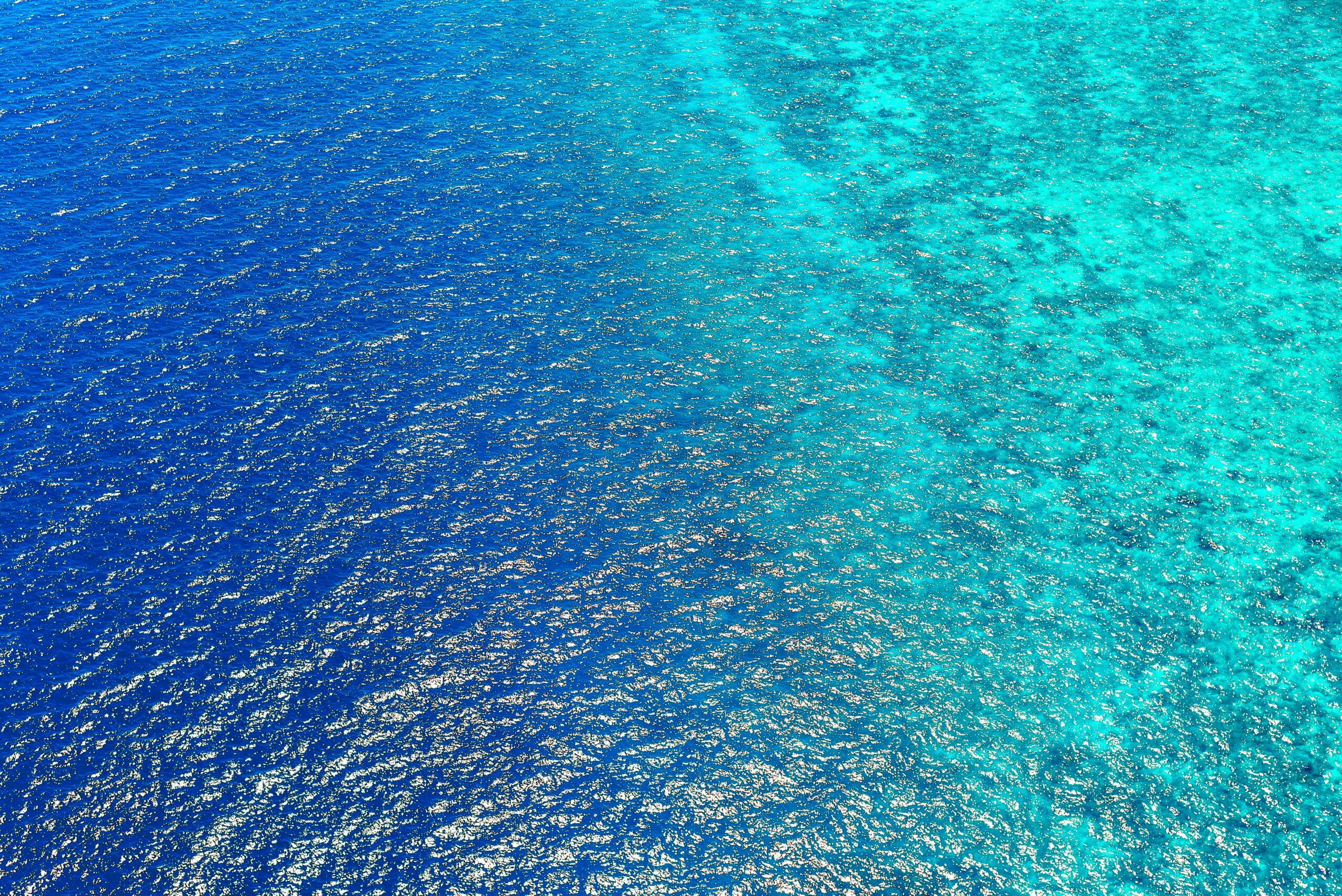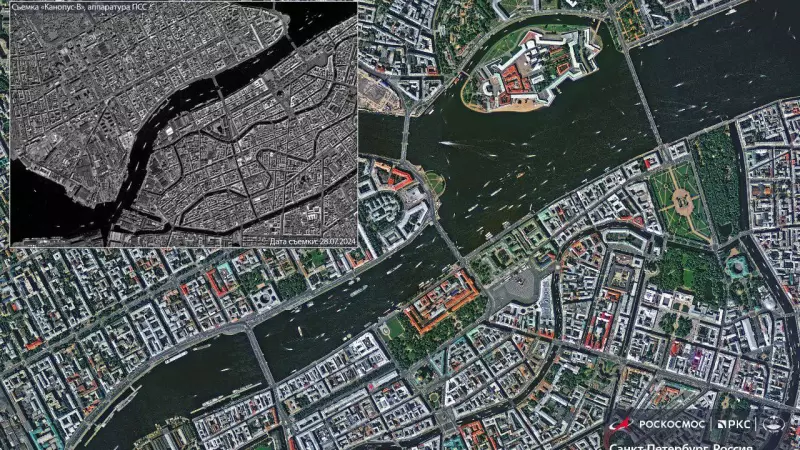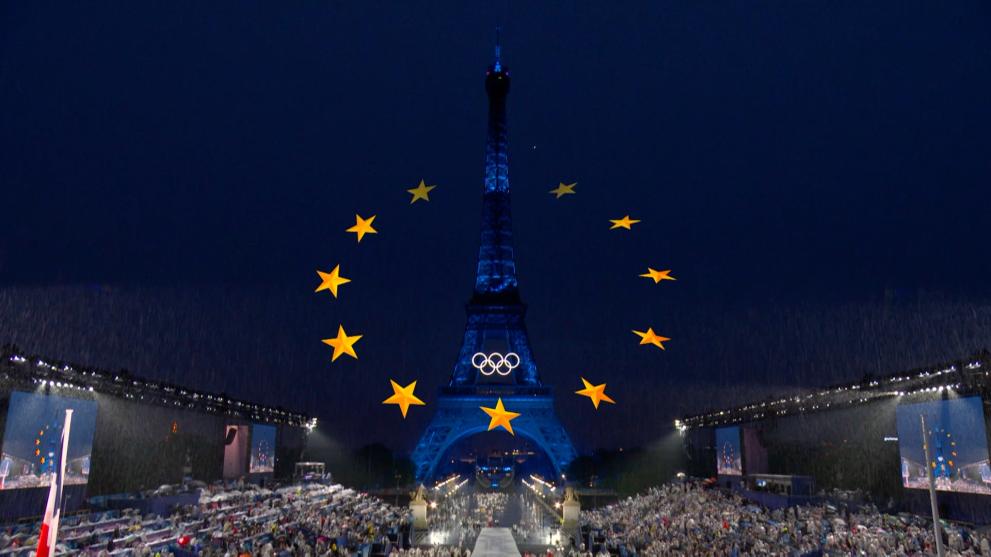The European Insurance and Occupational Pensions Authority (EIOPA) released its latest Risk Dashboard, providing insights into the health of Europe’s occupational pension funds, officially known as Institutions for Occupational Retirement Provision (IORPs). The findings indicate an overall stable risk landscape; however, significant concerns regarding market risks persist amid ongoing volatility and real estate market vulnerabilities.
The report reveals that the exposure of IORPs to market and asset return risks remains high due to persistent market fluctuations. The macroeconomic landscape is displaying medium-level risks, with projected GDP growth across major geographical areas showing some positive trends but still falling short of historical averages. This tempered outlook reflects the complexities and uncertainties facing the European economies as they navigate recovery pathways.
Credit risks are meanwhile stable at a medium level; however, there has been an increase in credit default swaps (CDS) spreads for corporate bonds noted by the end of June 2024. In contrast, government bond spreads have remained largely consistent, suggesting a differentiated risk environment between corporate and sovereign borrowing.
High levels of volatility have been observed in both fixed income and equity markets, as the report highlights a noticeable decline in real estate prices across the Euro Area. This decline is primarily attributed to challenges in the commercial real estate sector, which remains a critical area of concern for pension funds reliant on steady asset performance. However, there is a silver lining; recent annual data shows a rebound in IORPs’ portfolio performance for 2023, mainly driven by positive market returns.
Reserve and funding risks for defined benefit IORPs are assessed as unchanged at a medium level. The financial robustness of these funds continues to be supported by rising interest rates as of the first quarter of 2024. Additionally, concentration risks have decreased compared to the previous quarter, reflecting a more diverse investment portfolio among IORPs. Notably, the median exposure of IORPs to banks and non-banking financial activities has seen a slight uptick.
Furthermore, all other risk categories currently assess at medium levels, but there is a growing concern related to digitalization and cyber risks. The report indicates a potential increase in these risks over the next 12 months, underscoring the need for IORPs to bolster their cybersecurity measures as they adapt to an increasingly digital landscape.
EIOPA’s Risk Dashboard provides a comprehensive overview of the vulnerabilities within the IORP sector of the European Economic Area (EEA), drawing from regulatory reporting from 625 IORPs. It encompasses both defined contribution (DC) and defined benefit (DB) schemes, offering a nuanced look at the financial health and risks facing these pension plans.
As Europe grapples with the dual pressures of economic recovery and market volatility, EIOPA’s insights serve as a timely reminder of the complexities influencing occupational retirement provision. While the current risk assessment leans towards stability, the identified risks highlight the necessity for vigilance and proactive management within the IORP sector to safeguard the retirement savings of millions across Europe.



